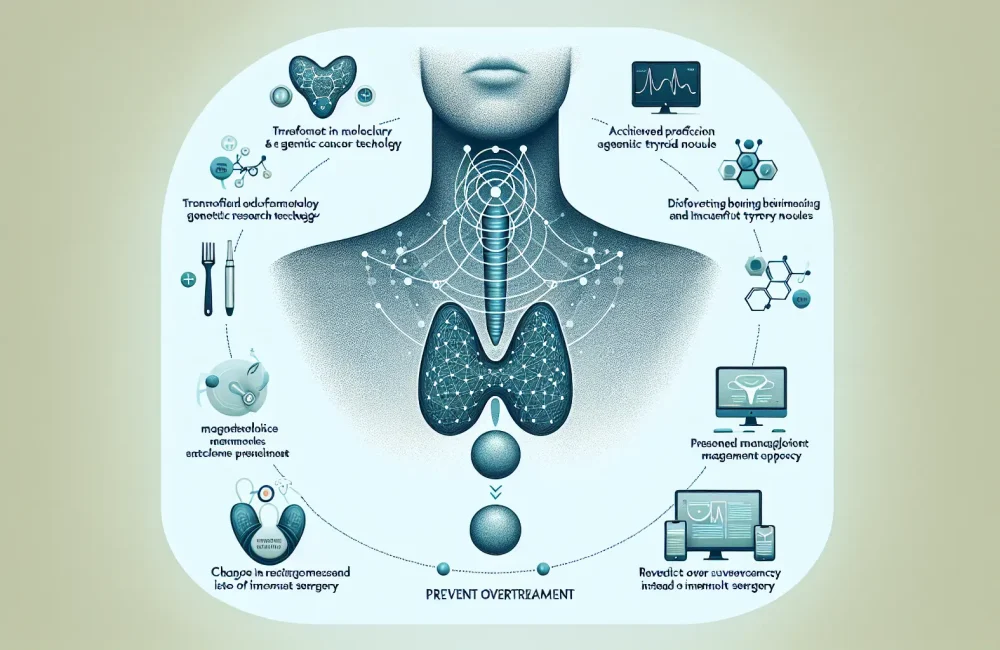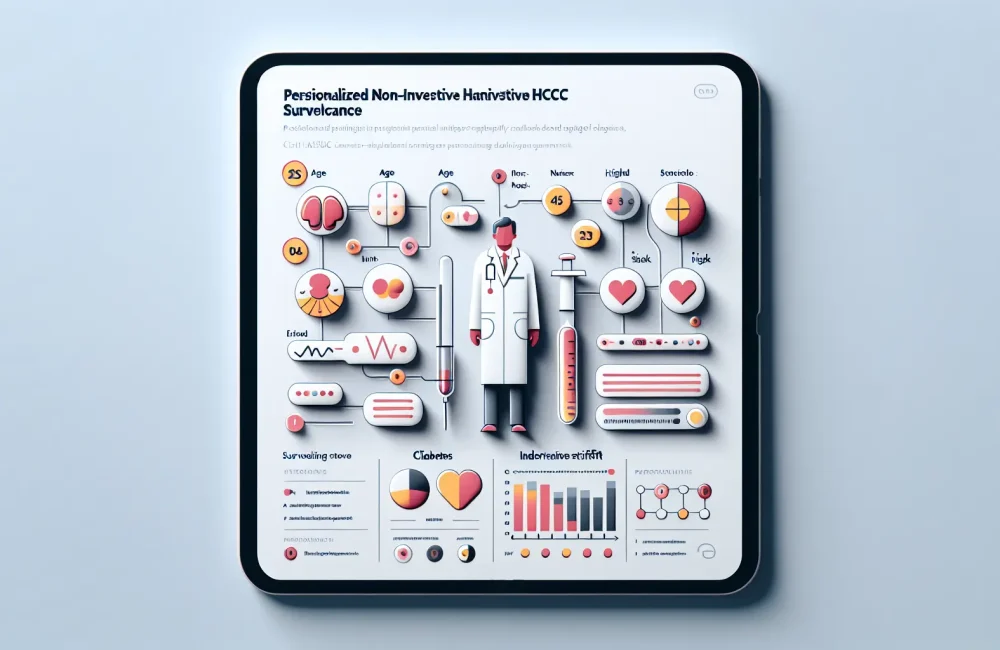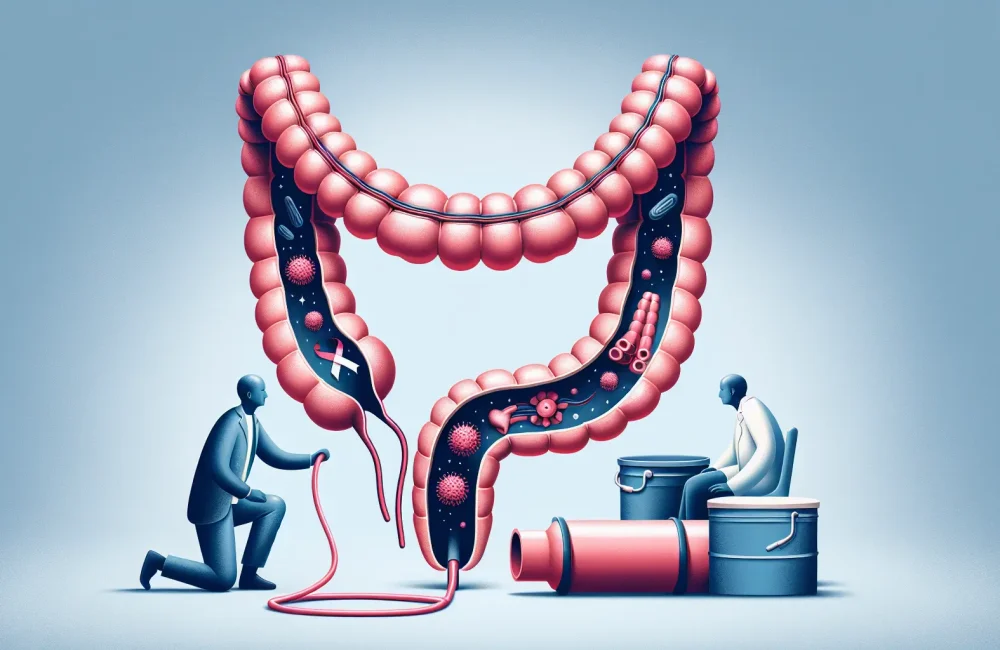By CAFMI AI From Nature Reviews Endocrinology
Epidemiology and Rising Incidence of Thyroid Cancer
**Enhanced Detection Drives Incidence Increase**
Over the past several decades, there has been a striking increase in thyroid cancer diagnoses globally, particularly in developed countries such as the United States. This surge is largely attributed to the enhanced detection capabilities afforded by advances in diagnostic technologies. High-resolution ultrasounds and fine-needle aspiration biopsies have become standard tools in identifying thyroid nodules, many of which are small, asymptomatic papillary thyroid carcinomas (PTCs). These tumors are often subclinical, meaning that they may not present symptoms or progress significantly during a patient’s lifetime. The widespread use of imaging for various neck-related complaints or unrelated medical conditions inadvertently leads to incidental findings of these nodules, contributing significantly to the rise in reported cases.
**Contributing Risk Factors and Epidemiological Patterns**
While diagnostic improvements explain much of the trend, other factors play a role in thyroid cancer epidemiology. Environmental exposures, including radiation history particularly in childhood or adolescence, genetic susceptibility, and perhaps other yet unidentified elements contribute to risk profiles. Despite increased incidence, mortality rates have remained relatively stable, indicating that many detected tumors are likely indolent and might not require aggressive treatment. Understanding these epidemiological nuances is essential for clinicians to contextualize patient risk and avoid alarm based purely on increased detection rates.
Diagnostic Complexities and Strategies to Mitigate Overdiagnosis
**Challenges in Differentiating Significant from Indolent Disease**
Distinguishing clinically meaningful thyroid cancers from indolent lesions presents a key clinical challenge. The Bethesda System for Reporting Thyroid Cytopathology helps categorize findings from fine-needle aspiration biopsies to stratify risk and guide management. Additionally, molecular testing techniques have been developed, which can detect genetic mutations associated with more aggressive disease, further refining diagnostic accuracy and influencing treatment decisions. However, the increased complexity in interpreting these results can sometimes complicate clinical judgment, potentially leading to either overtreatment or insufficient therapy.
**Emergence of Active Surveillance as a Viable Approach**
In response to concerns about overtreatment, active surveillance protocols have gained traction, particularly for patients deemed low risk—such as those with small, localized PTCs without evidence of aggressive features. This involves close monitoring with periodic ultrasounds and clinical evaluations rather than immediate surgery. By adopting this tailored approach based on tumor characteristics, patient age, and molecular markers, clinicians aim to reduce unnecessary surgeries and associated morbidities while maintaining vigilant oversight to identify any progression promptly.
Clinical Implications and Recommendations for Practice
**Balancing Treatment Intensity to Avoid Harm**
The trend toward overdiagnosis has important clinical ramifications. Unnecessary thyroidectomies can expose patients to surgical risks, including nerve injury, hypoparathyroidism, and lifelong hormone replacement therapy. Furthermore, the psychological impact of a cancer diagnosis, even when indolent, can be significant. Thus, adopting risk-based management strategies is critical. Clinicians should consider individual patient factors such as tumor size, patient age, comorbid conditions, and genetic findings when forming treatment plans.
**Enhancing Awareness and Guideline Integration**
Raising awareness among healthcare providers and patients about the natural history of many thyroid cancers is pivotal to reducing undue anxiety and interventions. Clinical guidelines increasingly support selective screening and endorse active surveillance for low-risk cases. Incorporating these approaches into primary care workflows and endocrinology practice can help optimize care delivery. Ongoing education about the limitations and benefits of diagnostic tools, combined with shared decision-making, remains essential for improving patient outcomes while minimizing overtreatment risks.
Read The Original Publication Here






